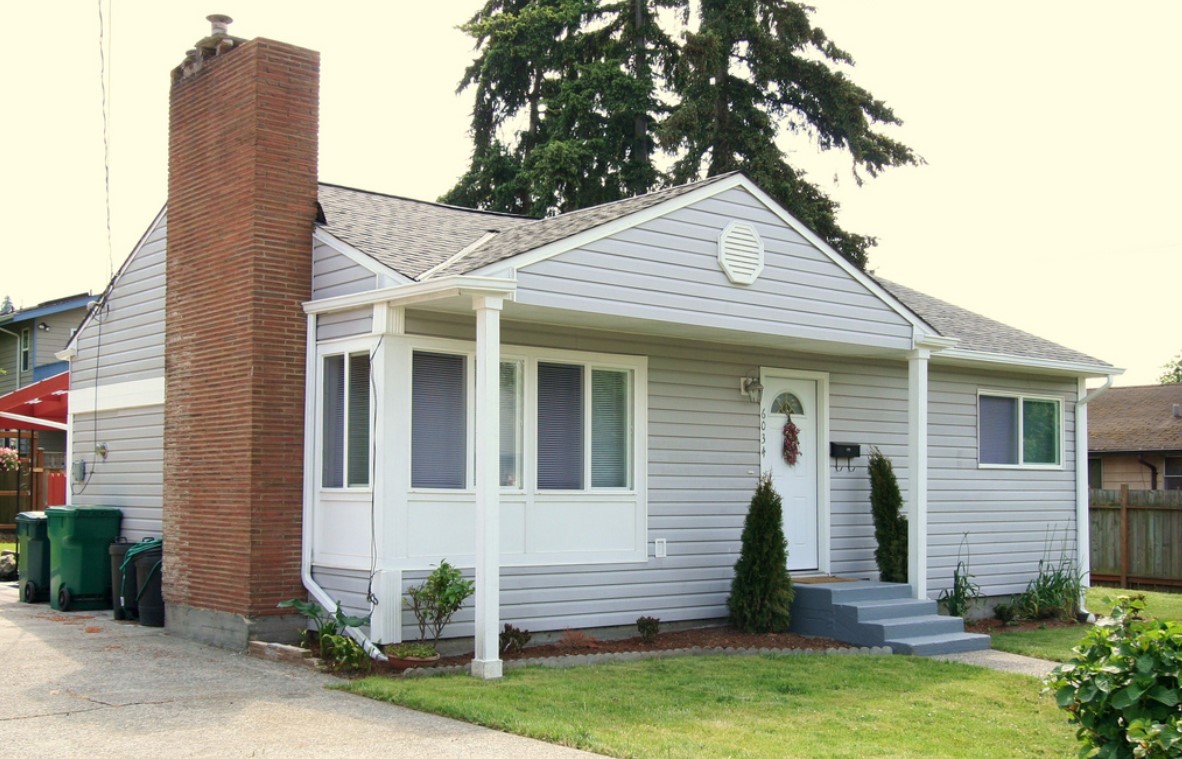Nothing could be more disheartening and unfortunate that investing into the property that never reaches its completion date; either there are inconsistencies in the construction of the property or the builder turns fraudulent. RERA complaint filing needs some extra care. Whatever be the reason, under all scenarios, the only option left for home buyers is to withdraw their money from the project and invest elsewhere. But this is not as easy as it sounds. Majority of the real estate developers refuse to return the booking amount on one pretext or the other.
Thankfully, the RERA (Real Estate Regulatory Authority) Act has brought a paradigm shift in the real estate sector. Formed to empower home buyers who are looking forward to buying a property in India, and safeguard their interests, the Act enforces stringent laws, rules, regulations, and time frames for the scheduled delivery of projects. The Act mandates all real estate developers to register their projects before the launch, thus bringing the entire real estate market under one regulatory body.
But do you know how to file a complaint under the RERA Act? What are the timelines for dispute resolution? And why is the Real Estate Regulatory Authority better than other existing consumer protection laws?
In this article, we’ll take a closer look at the process of filing a complaint under RERA and the benefits of the Act.
What is a RERA Complaint?
Constituted as a discrete grievance redressal system, RERA Act, 2016 strives to resolve any dispute involving a property deal, affecting either the home buyer or the builder. It necessitates every state to form a separate authority to settle disputes between builders and buyers. Therefore, every state has laid out a different set of procedures to register a complaint, and the time taken for the redressal of the cases is also different.
Both real estate developers and home buyers can file a complaint about all kinds of disputes related to:
- Delays in project delivery
- Non- fulfillment of the property plan
- Compensation settlement
- Delay in deposit or installments beyond deadlines
How to File a Complaint under RERA?
A complaint can be filed under Section 31 either with the Real Estate Regulatory Authority or the adjudicating officer. A complaint can be filed both online as well as offline but needs to be filed strictly on the form prescribed by the state government. You need to visit the RERA portal of your respective state to download the form and know the rules and procedure laid out by your state government. To log register your complaint, you need to visit the respective RERA portal of your state:
| State/UT | Website |
| Gujarat | http://gujrera.gujarat.gov.in |
| Uttar Pradesh | www.up-rera.in |
| Chandigarh | http://rera.chbonline.in |
| Dadra and Nagar Haveli | http://maharera.mahaonline.gov.in/ |
| Andaman and Nicobar Islands | http://www.tnrera.in/ |
| Daman and Diu | http://maharera.mahaonline.gov.in/ |
| Madhya Pradesh | http://rera.mp.gov.in/ |
| Delhi | http://dda.org.in/rera/index.aspx |
| Maharashtra | https://maharera.mahaonline.gov.in/ |
| Andhra Pradesh | https://www.rera.ap.gov.in |
| Odisha | http://orera.in/ |
| Bihar | https://nagarseva.bihar.gov.in/rerabihar/ |
| Rajasthan | http://rera.rajasthan.gov.in/ |
| Jharkhand | http://rera.jharkhand.gov.in/ |
| Uttarakhand | http://www.uhuda.org.in/real-estate-act/ |
| Tamil Nadu | http://www.tnrera.in |
| Karnataka | https://rera.karnataka.gov.in/ |
| Punjab | https://www.rera.punjab.gov.in/ |
| Chhattisgarh | https://rera.cgstate.gov.in/ |
| Haryana | http://www.harera.in/ |
| Telangana | http://rera.telangana.gov.in/ |
| Himachal Pradesh | http://www.hprera.in/ |
| Goa | https://rera.goa.gov.in/ |
The fee for filing the case also varies from one state to another. For example, in Maharashtra, the fee for the application is Rs 5,000, whereas in Karnataka it is Rs 1,000.
In general, the complainant needs to furnish:
- Complete details of the applicant as well as the respondent.
- Registration number and address of the project.
- The reason of complaint along with facts and findings.
- Reliefs sought if any.
Timelines for Dispute Resolution:
RERA works on the policies of the quick proceeding and immediate judgment. While there is no time frame for registering a case, the authority needs to resolve all complaints within 60 days of receiving the application. To seek immediate relief, consumers must approach the regulatory authority as soon as possible.
| Did you know Maharashtra is the most active state in implementing the RERA Act and has more than 65% of projects registered? MahaRERA has received 2,737 complaints and has already passed justice to around 1,476 cases while the rest are in the hearing. |
Benefits of RERA over Other Consumer Forums:
Till now, home buyers were protected under the Consumer Protection Act (1986). But due to heavy footfall of cases, the proceedings were slow and the builders used to file an appeal to the National Consumer Disputes Redressal Commission (NCDRC), making the whole process invariably slow.
But being a quasi-judicial authority that has been formed to handle only real estate cases, RERA aims at an expeditious resolution of all complaints. Some of the advantages of filing a case under RERA include:
- It’s an independent adjudicating body formed to handle real estate cases only.
- Completely consumer-friendly.
- Offers quick resolution of issues and complaints.
- Offers complete transparency in proceedings.
- Imparts financial discipline to all builders.
- Mandates compensation to home buyers for delayed deliveries of projects.
With all documents ready and proofs at hand, filing a complaint under the Act is not a difficult task. So, whether you are an aggrieved buyer or an unhappy builder, you can now approach the RERA authority and seek immediate relief for all legal disputes pertaining to the real estate industry.
Featured image: realtyplusmag.com






















